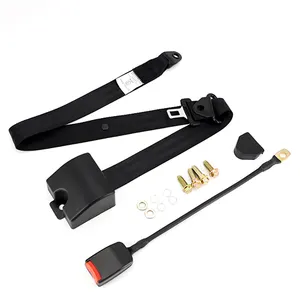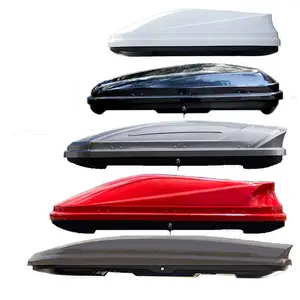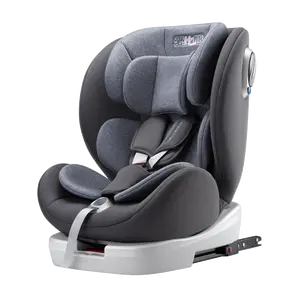Popular in your industry































































Top categories
About retractable seat belt
A retractable seat belt refers to the spring-loaded passenger restraint system installed in vehicles. Unlike static lap belts, retractable seat belt models automatically withdraw to restrain occupants securely in a crash, then retract out of the way during regular vehicle operation. Mandated in cars since the 1960s, retracting seat belts dramatically increased passenger safety, saving countless lives. The retractable seat belt remains an essential automotive safety component.
Types of retractable seat belt configurations
A typical modern configuration is the 3-point retractable seat belt. The retractable seat belt style wraps diagonally across the chest from one shoulder, then crosses the lap. The continuous belting retracts into anchors located above the occupant's shoulder and beside the seat. The three-point design safely distributes crash forces across the pelvis and rib cage. The shoulder strap anchors the belt to restrain the upper body securely. 3 point retractable seat belt models should be worn snugly low on the pelvis and chest for optimal effectiveness.
Unusual seating positions may require a 2-point retractable seat belt installation. For example, center jump seats sometimes require a two-point lap belt due to lacking shoulder anchors. Two-point retractable seat belt models also equip military, law enforcement, and off-road vehicles lacking airbags. Two-point retractable belts should be anchored at hip level on both sides, snug to the pelvis. The design still allows the retracting belt to restrain the pelvis in crashes. While less safe than three-point belts, two-point retractors enhance protection versus static lap belts.
When original factory seat belts fail, universal retractable seat belts offer direct replacements. Universal retractable seat belt systems come in standard front and rear seat configurations compatible with many car makes and models. Some light vehicles still utilize simple retractable lap seat belts. A single retracting belt strap crosses the waist only, without a shoulder strap or diagonal positioning. While less effective than three-point belts, retracting lap belts still provide significantly better protection than static ones.
Specialized retractable racing harness units provide five- or six-point restraints for performance driving. Racing harnesses add anti-submarine straps across the lap and crotch to prevent the body from sliding forward in a crash. High-strength harness webbing absorbs the extreme forces of racing impacts. Built-in retractors usually keep loose harness straps from flapping when driving. Look for competition quick-release buckles for rapid egress. Never install racing retractable seat belt harnesses in street vehicles lacking proper harness bar anchors. The harnesses require helmet use and adequate mounting for safety.
Replacing and installing a retractable seat belt
For hobbyists and collectors, retractable seat belt replacement options offer an economical restoration solution. Aftermarket retractors and polyester webbing sell in complete kits for front and rear installation. Use reinforced mounting plates and grade eight bolts with loc-tite adhesive when replacing a retractable seat belt. Adding retractable seat belts for classic cars dramatically elevates protection. While period style makes a great vintage look, original factory retractable seat belt models pale in safety versus modern retracting belts. Thankfully, seat belt manufacturers offer direct fit and universal replacement retractors for nearly all classic models. Consult experts on selecting proper modern seating positions to optimize belt geometry. Upgrading older collectibles with new retractable seat belt options allows safer touring.
















